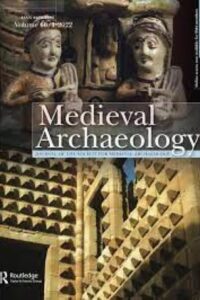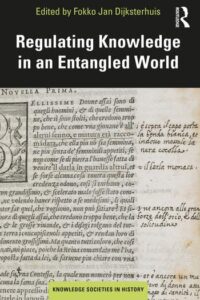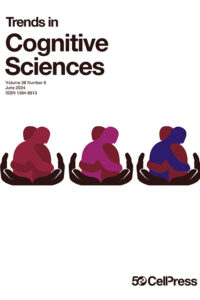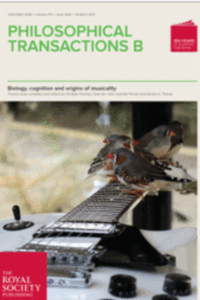THE END OF ROMAN RULE IN ENGLAND, combined with Germanic migration during the 5th and 6th centuries ad, had a profound effect on populations, settlements and lifeways. During both the Roman and early medieval periods most people worked the land, as peasant farmers or landowners, and a reduction in the intensity of farming has been widely recognised in the immediate Roman aftermath. This was followed by an increase in arable production during the ‘long 8th century’, and by considerable changes in the range of cereal crops cultivated. Here, a large and up-to-date dataset of archaeobotanical evidence from Roman and medieval rural settlements is reviewed to explore when and why these changes occurred. The 5th to mid-7th centuries emerge as a period of significant change, when the glumewheats—emmer and spelt—which had formed the mainstay of prehistoric and Roman agriculture in England, were replaced by bread wheat, which today accounts for c 90% of wheat production globally. This innovation represents a crucial first element in a series of incremental steps during the early medieval period that saw both agriculture and the lives of those working the land transformed.
Publication available in open access




